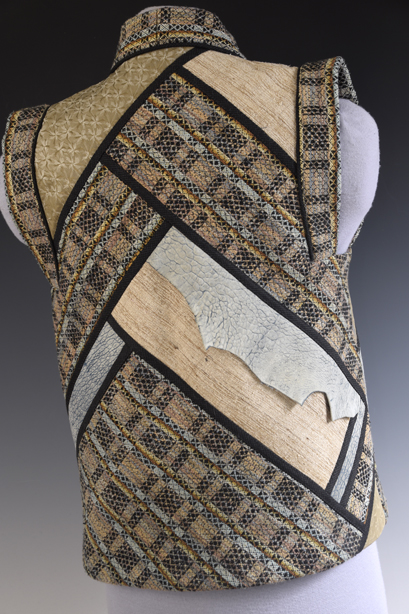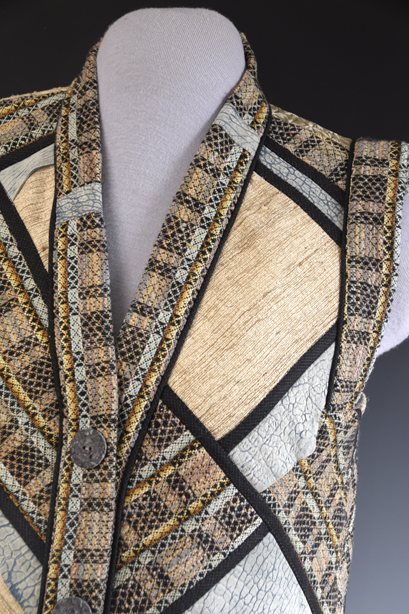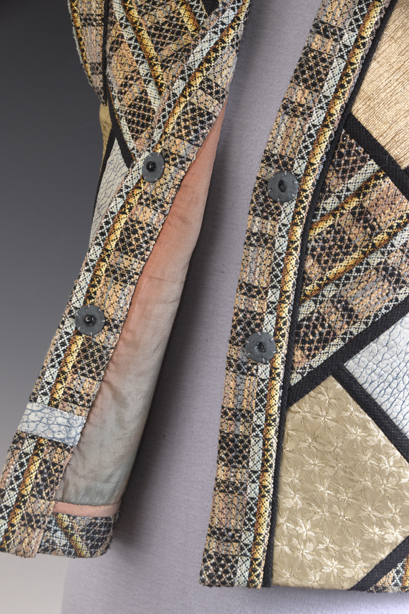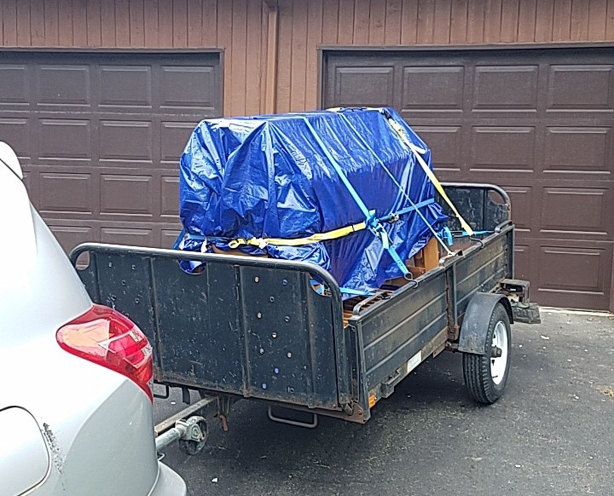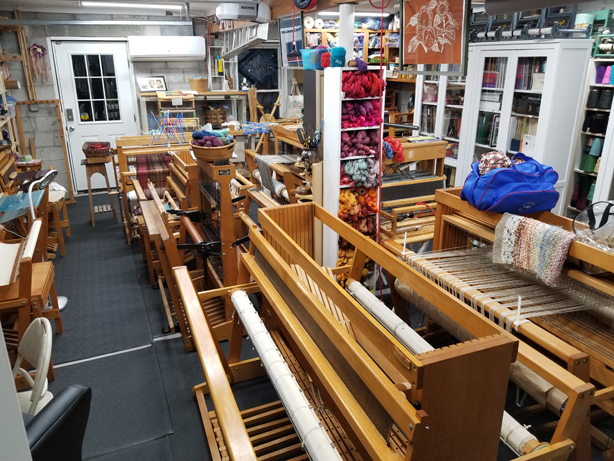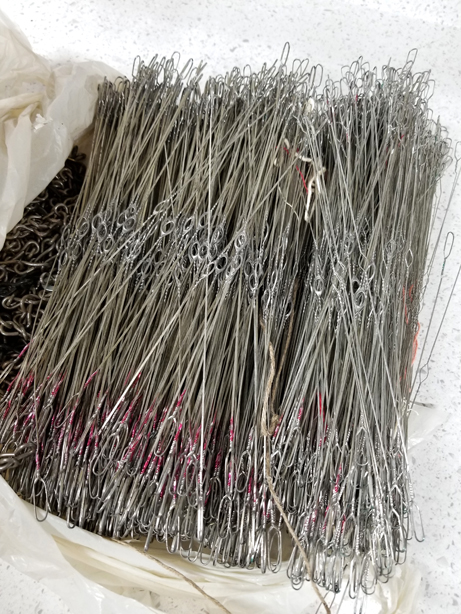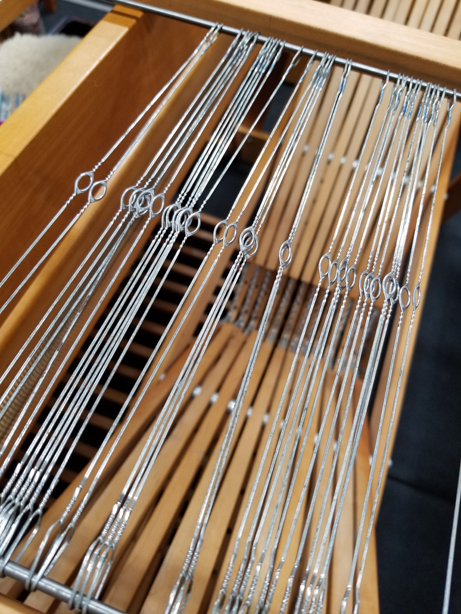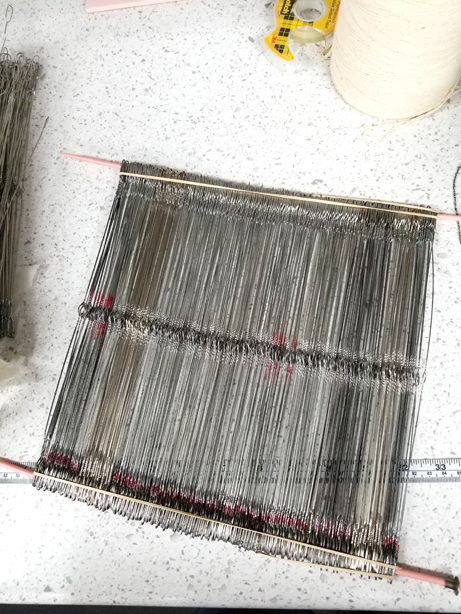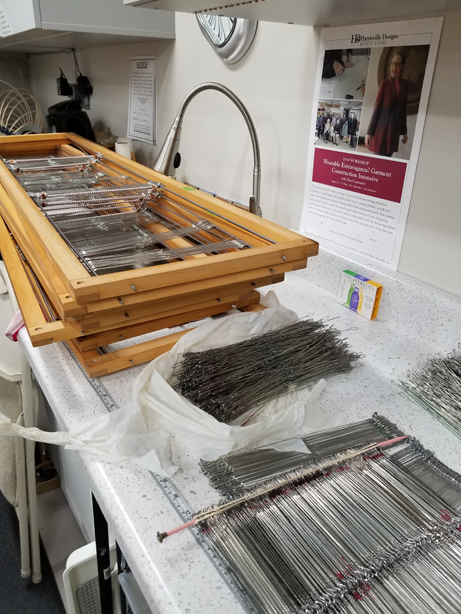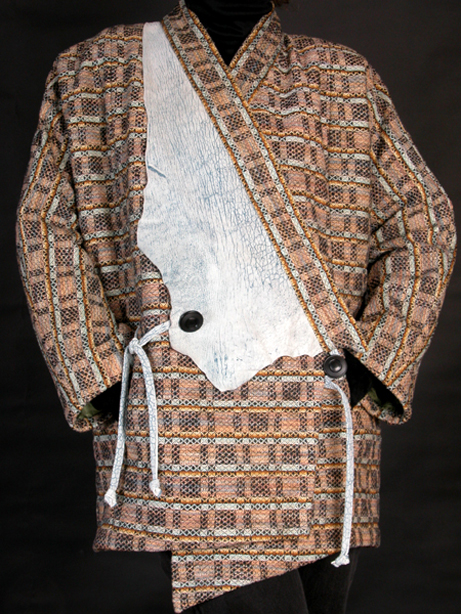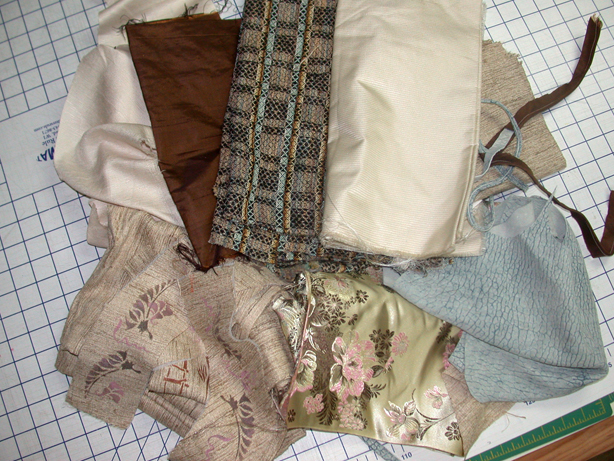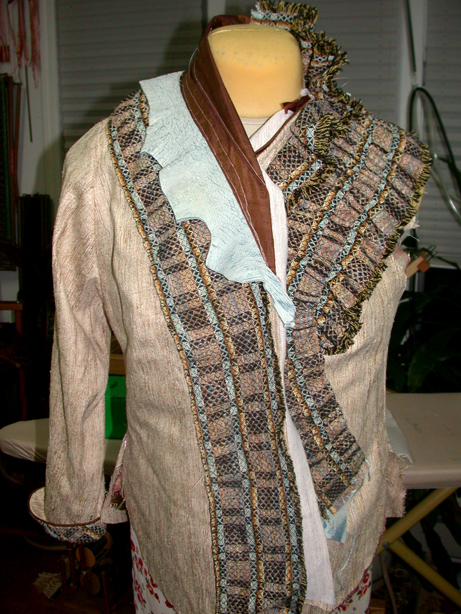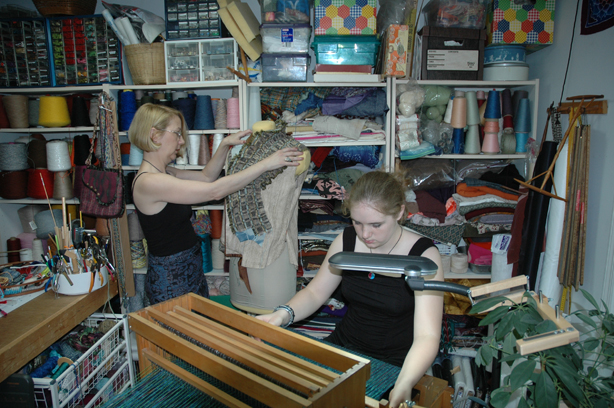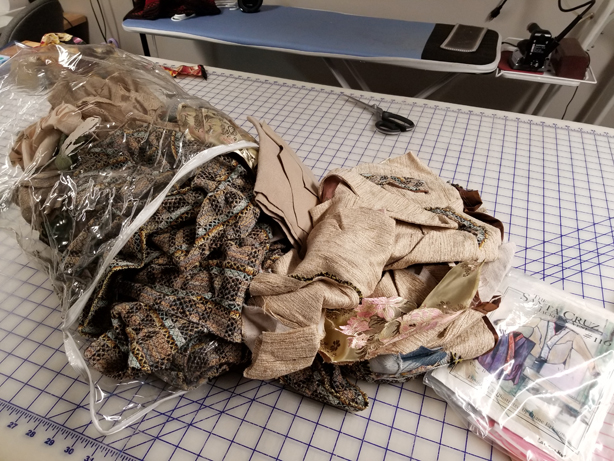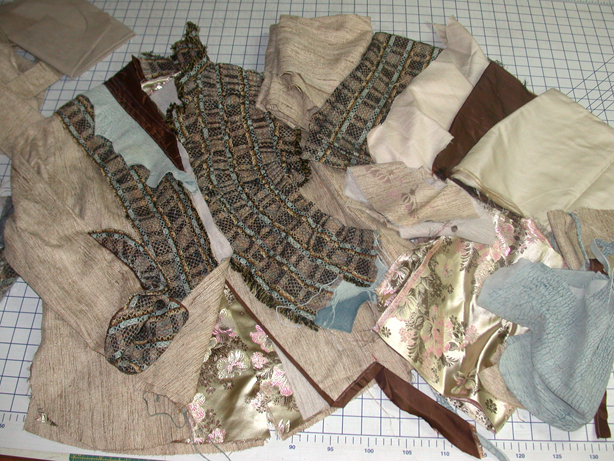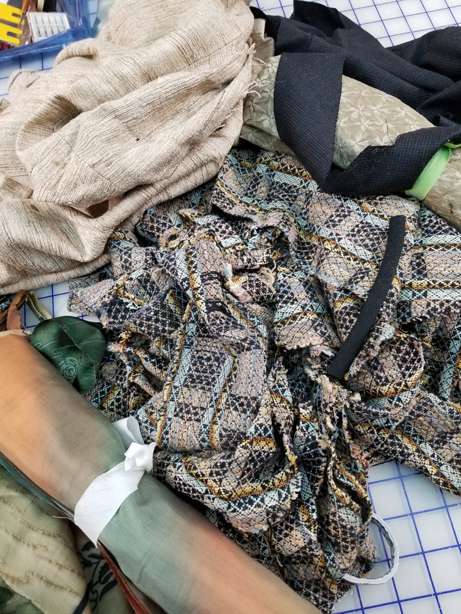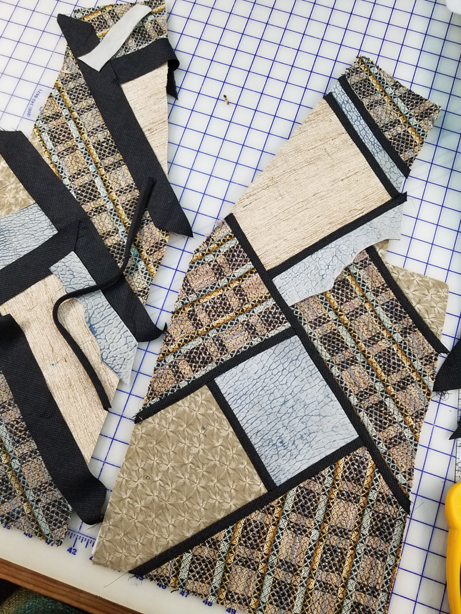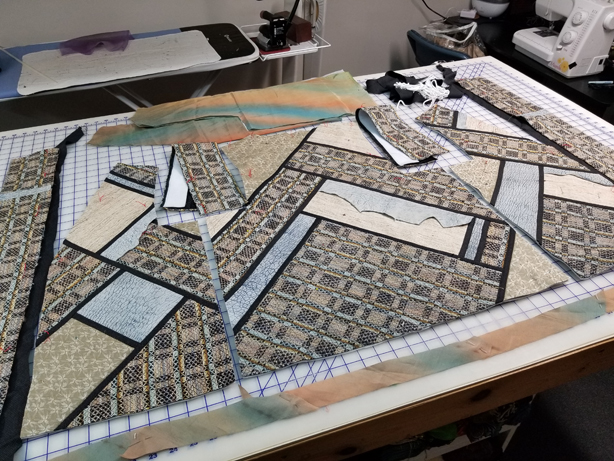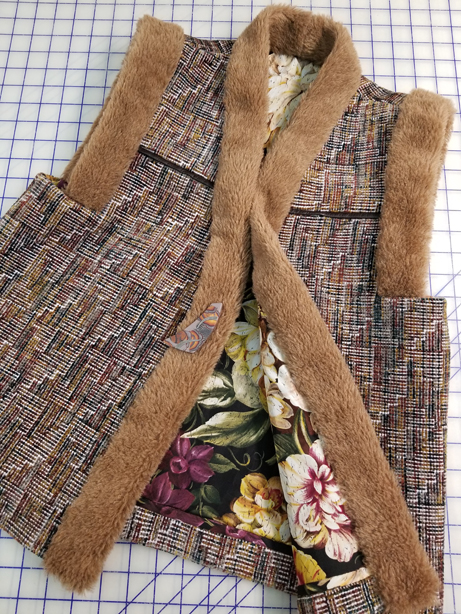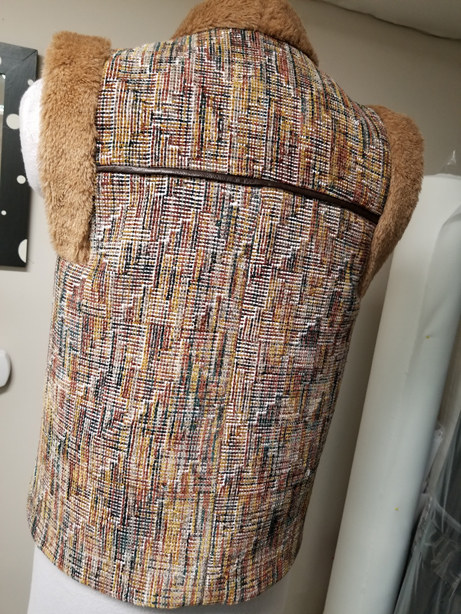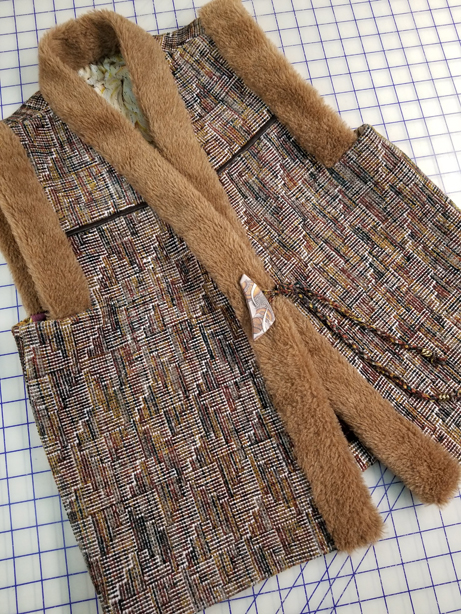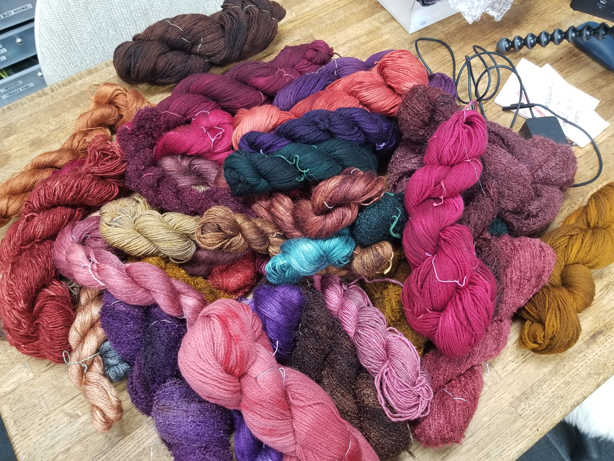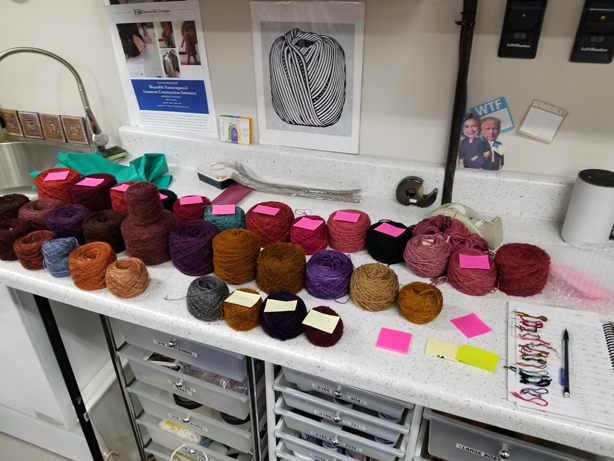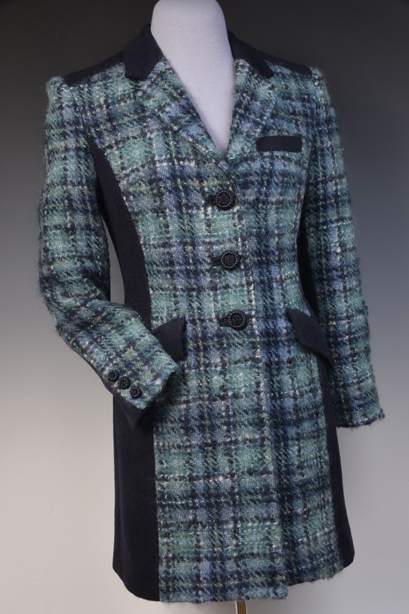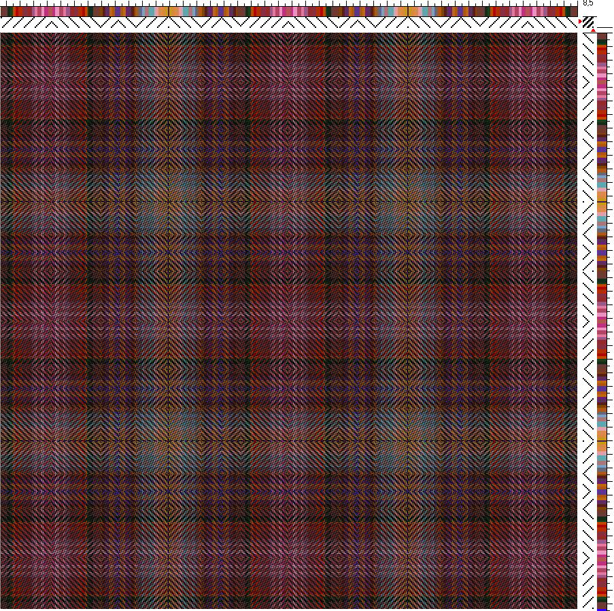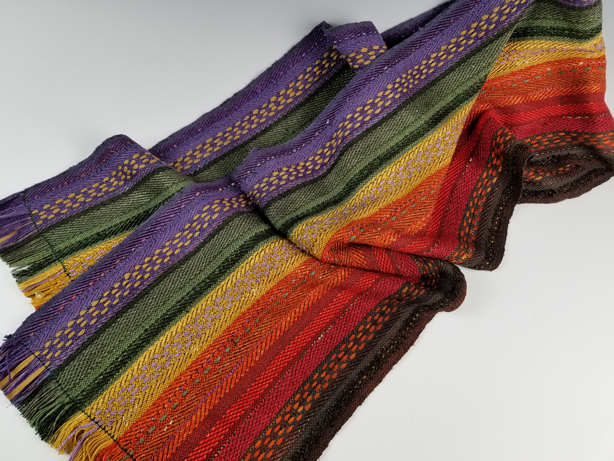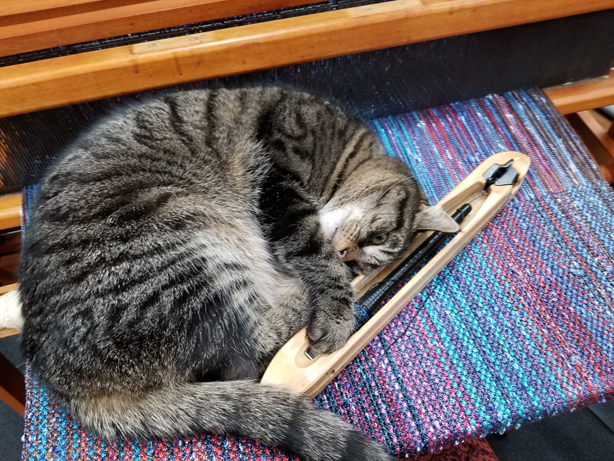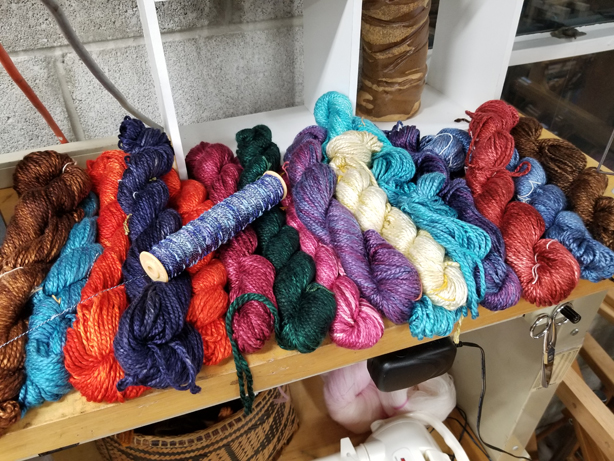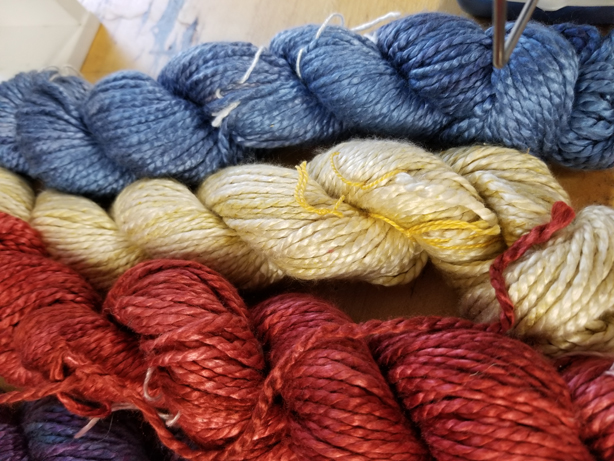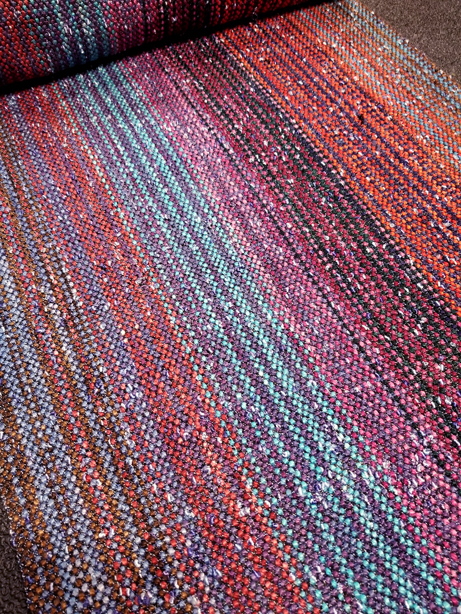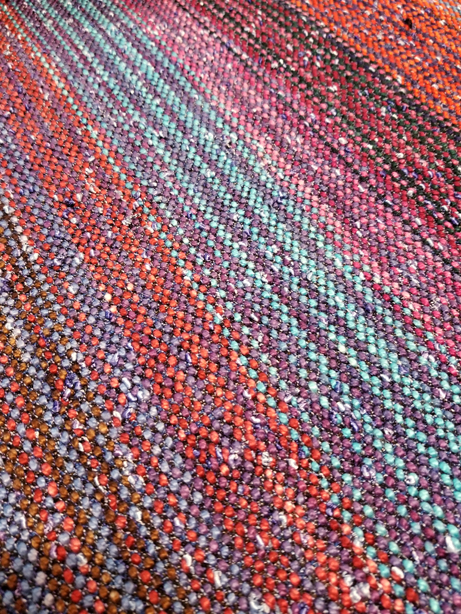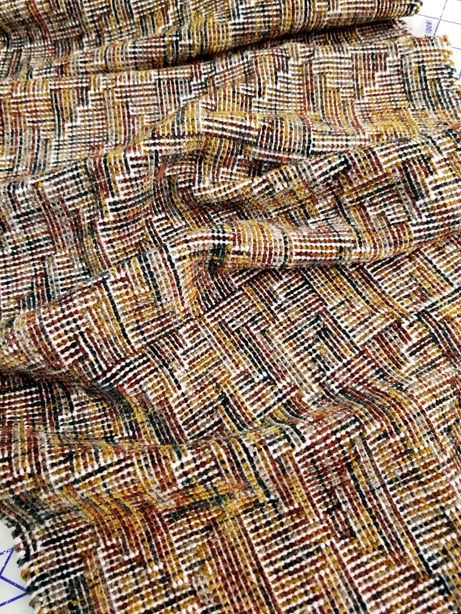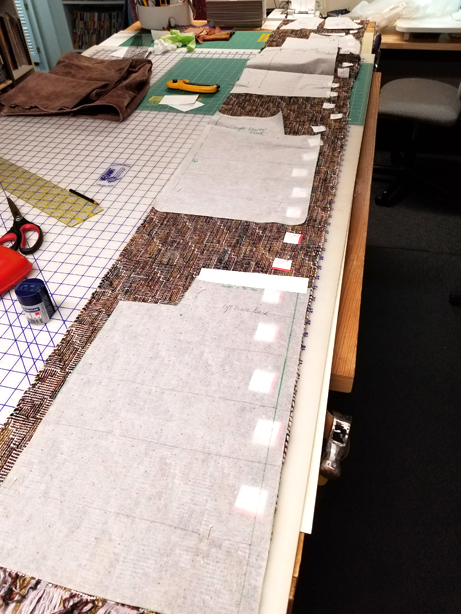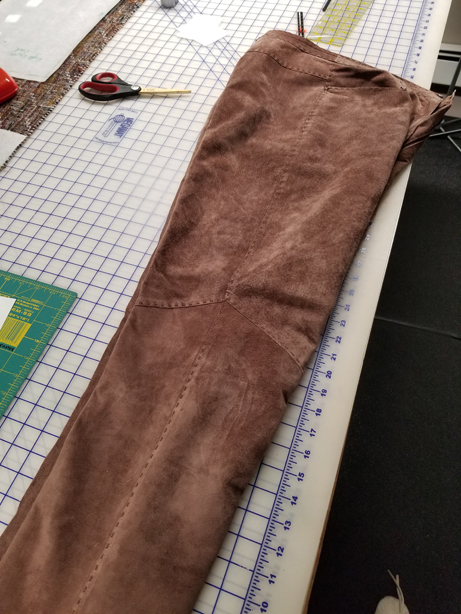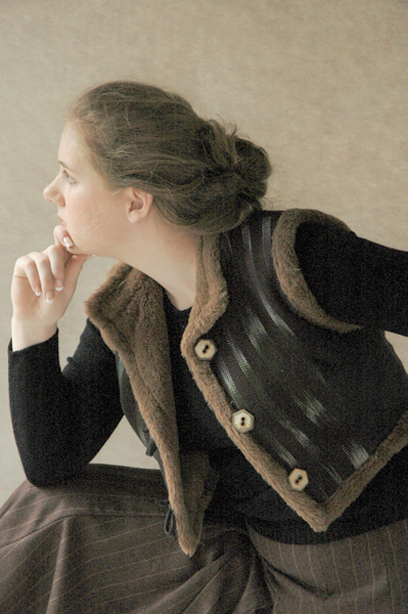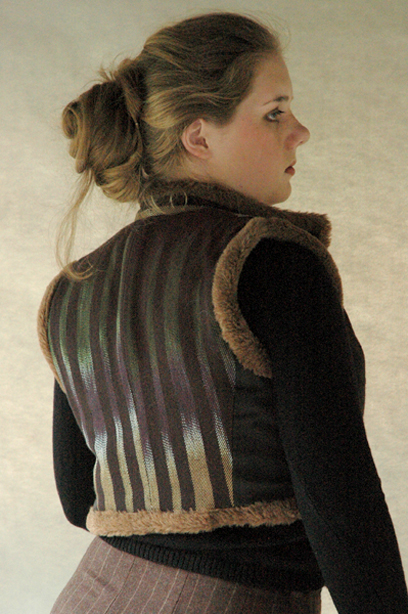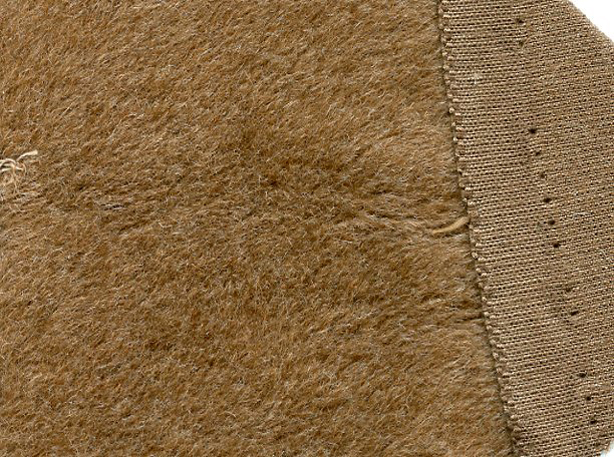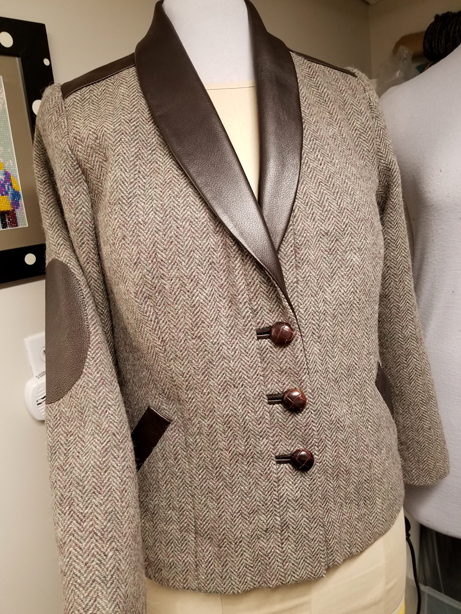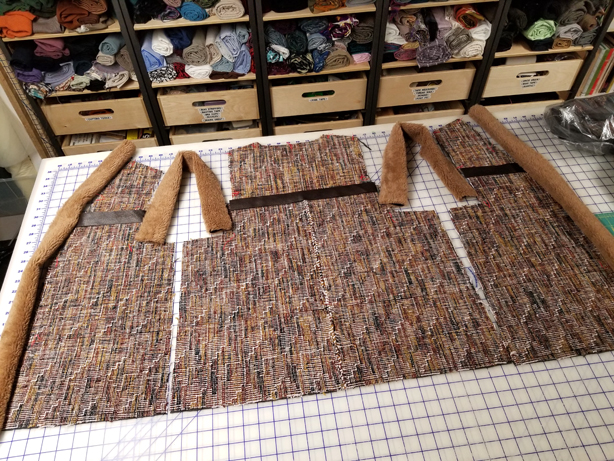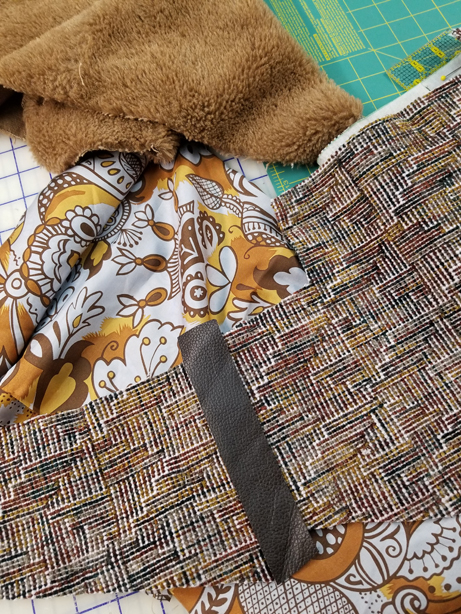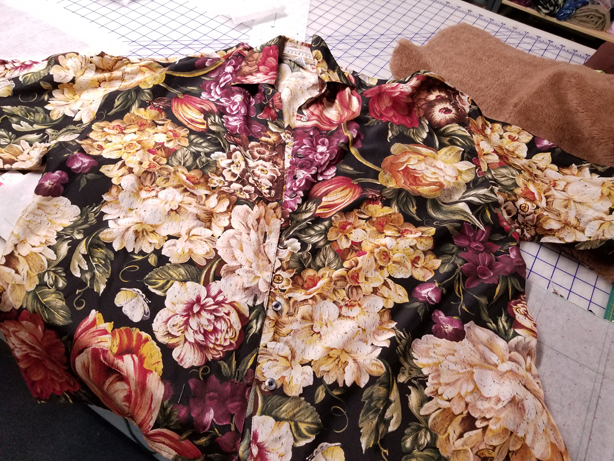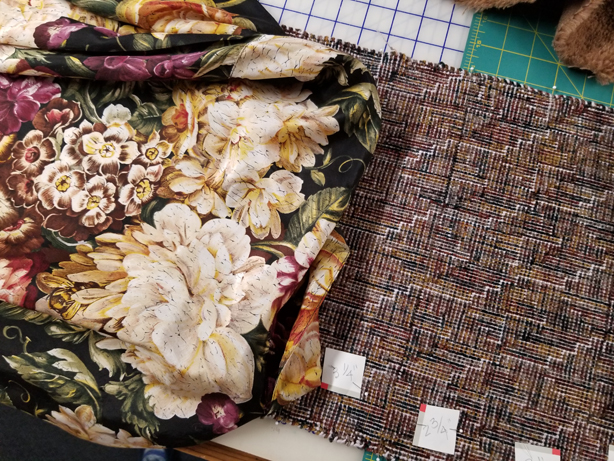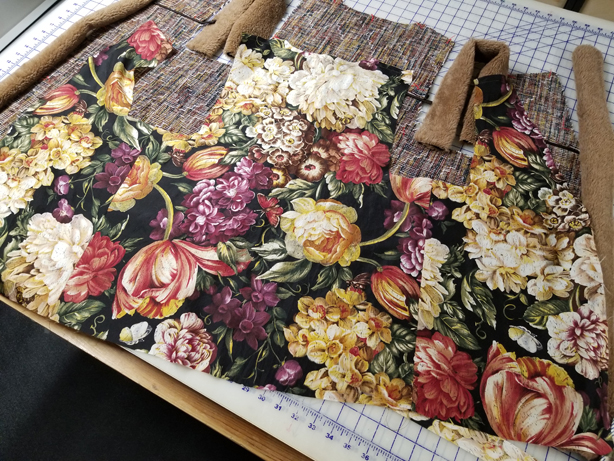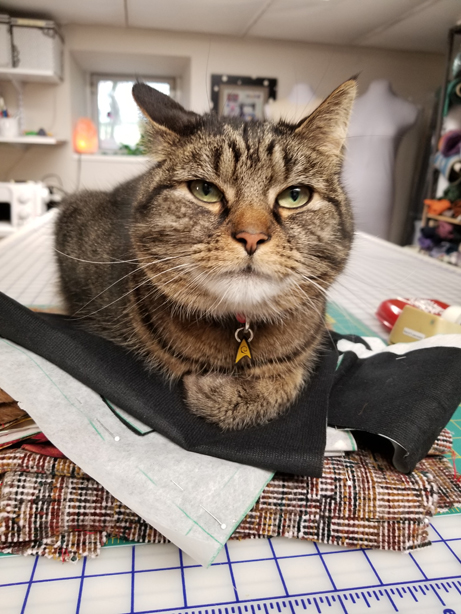Have I ever mentioned that I hate checking my work? Always did. Even back in Middle School, I’d work on complex math equations, and then get the answer wrong in the last step because I made some stupid addition error. Still, it would make me nuts to go back and check my work.
And of course, I became a weaver. And in weaving, you HAVE TO CHECK YOUR WORK! There are just so many times you find a threading error in the middle of 750 ends and start to say, yeah, I need to check my work.
I’m in addition to other things, a writer. I’ve written more than 100 articles, both print and digital, and I know this sounds weird, but I’m a writer, not an editor. I love to write. I don’t have to edit. They have people for that. I’ve been offered editor jobs, and flatly turned them down, because, I’m a writer, NOT an editor. Editors are like God. I just provide content. And I’m pretty good at it. But someone else always does the final check of my work. (Actually I check the final copy right before it goes to print, but I can count on one hand the amount of times I ever found errors, and then it was a fluke. Usually a photo in the wrong place.)
That said, I offer a lot of digital content on my own site. I’ve recently upgraded all the digital monographs, especially the ones that have to do with garment construction for handweavers, to include links to techniques illustrated by my YouTube channel The Weaver Sews.
And of course, I sell patterns. The year we took to develop them was mind blowing days of constant checking and editing and checking again. All of those patterns needed directions, and needed measurements in both imperial and metric. More mind numbing days of editing my own work. I actually decided that in everyone’s best interest, I would pay someone else, a real tech editor, to do the final edits on the extensive directions for each of the patterns. All 12 of them. The directions, often more than 30 pages, would be kept separate from the patterns, so I could edit without too much complication.
It became quite clear to me, after I was asked to teach a two day remote workshop in Canada, making my 500 vest pattern, that as I updated the prospectus, and looked over the directions, that I really needed to include all the YouTube Channel video links for each of the steps where I recorded content that explained them in further detail. It took the better part of a week, and I was terrified that I’d have mistakes, yet I knew there would be because I am so bad at checking my work. Still, I carried on, and knew it was inevitable that I do the other 11 patterns, updating those directions to include video links. But my calendar was too full and I didn’t see getting to this until winter.
Then this happened…

As best I figured, since I never go anywhere, I caught Covid at a fabulous packed house production of On Your Feet at the Papermill Playhouse. Everyone had to wear a mask. And 48 hours later, I was coughing with a fever. My first instinct was to test for Covid. And it was negative. So I went to bed, felt lousy for a couple of days, and then started to feel better. The night before the guild sale, my daughter had already dropped off our work, she encouraged me to test again, just to be sure I really didn’t have Covid.
Yeah…
By the time I knew it was Covid, I was feeling better, and there didn’t seem to be a need to go racing off to the doctor. I knew my sense of smell was gone, but I assume I’ll eventually get that back. Problem was, not only was I going to miss working the sale, my daughter couldn’t go either, because, we assumed it was just a matter of time before she showed symptoms. (She lives with me and was also at the theatre. Fortunately she never got it, and continued to test negative). I had to cancel my week long private student that was due in last Sunday night.
Which was really really unfortunate. She worked hard to get her fabric finished, and set aside the week. And this was already rescheduled from last spring since I was still undergoing treatment for my fractured shoulder. Which left me with a free week, absolutely nothing on the calendar, because I assumed I’d have a student all week.
Since I was fine by the weekend, this was an unusual dilemma for me, to have a “snow” day turn into a “snow” week, no snow, but unexpected change of plans.
I decided, as much as I really really didn’t want to, that it was time I redid all the directions for my 11 remaining patterns, and added the links. Problem is/was that I needed to rewatch some of the videos to remember what was actually in them. There are 80 of them. I’m working on, and have been for the last year, an index of the YouTube channel, both by video in chronological order and alphabetical by topic. It is a huge huge job. I’m actually paying someone else to do this. But she is struggling to find time as well. We got to 68%, which is currently posted on my website, but it is taking forever to complete it. You can find what we have completed here.
So I started last weekend, determined to use this week to update all the directions for my sewing patterns, which are free to download from my website. And while I was at it, watch as many videos as my brain could stand, and mark topics and time codes, and then enter them into a very large Excel spread sheet.
So I’m sure you know where I’m going with this. I’ve spent a miserable week, staring at a computer screen, checking my work, rechecking my work, converting to a PDF, and checking my work once again. And I know there are errors. There always are…
And I’m within 10 videos of completing the index. Ann Marie is working on four of the last ones, and I have five more to view.
And so dear readers, this is my gift to all of you, updated directions with live links in the PDF to appropriate videos for many of the steps, and soon a completed index of what to find where. In return, please let me know whenever you find an error, missing link, whatever. I say this of course with fear, because I know you’ll find them. Many of you are actual editors, and though I bow down to you, I also know you will find the mistakes! Email me at theweaver@weaversew.com
There are no cool pictures to share. All I did was work all week on the computer until I couldn’t see anymore. I’m well beyond Covid at this point, and my work sold well at the guild sale, I’m writing checks tonight to the participants, since I’m the treasurer. I’m checking each check twice to make sure I got the amount right, and didn’t do something stupid like leave out my signature.
Some of the work that didn’t sell at the sale will be donated to the Shakespeare Theatre’s annual holiday bazaar, check that out if you live in the north Jersey area. Work will start soon on the costumes for their December production of Shakespeare’s 12th Night.
And I rescheduled my student for the end of November. So now I have to clean my house all over again. Fortunately housework doesn’t require checking your work…
Stay tuned…

